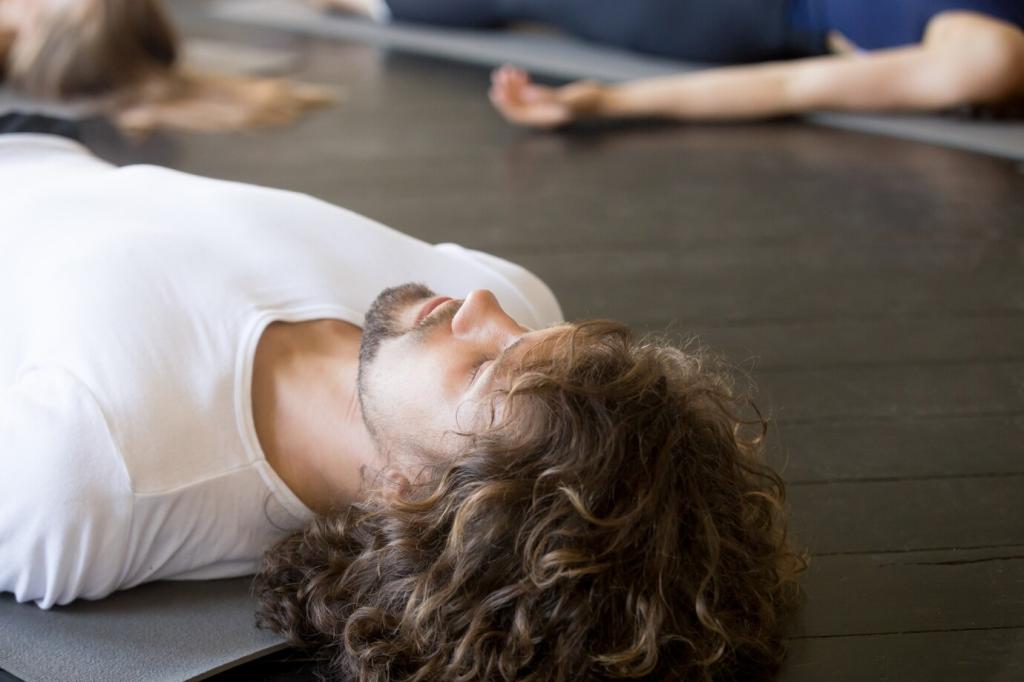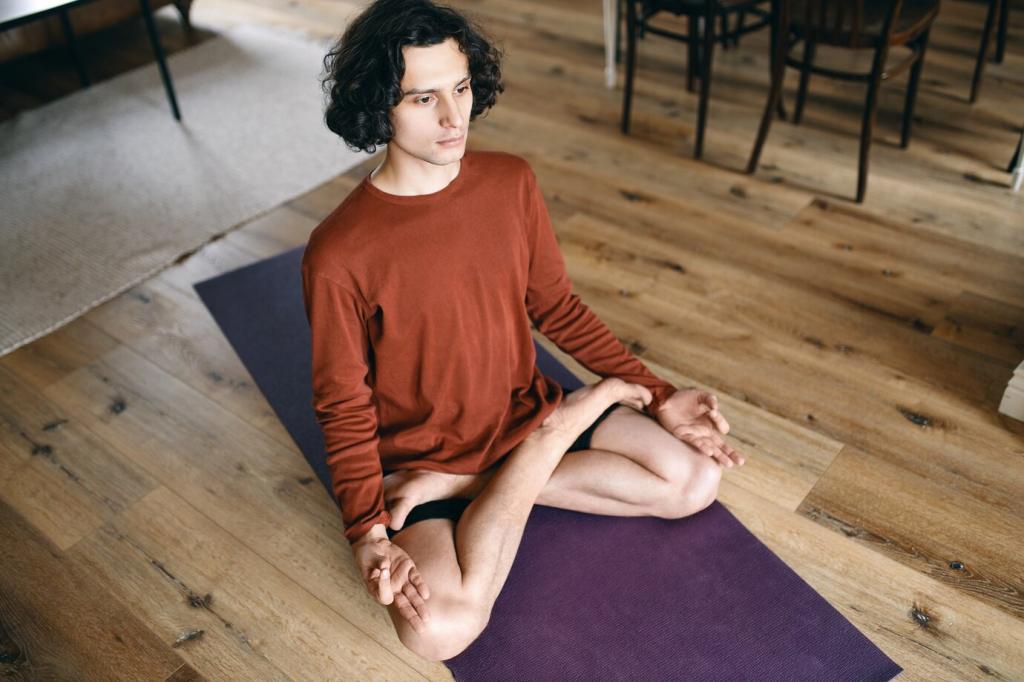Ease Stress and Steady Emotions
Try four counts in, six to eight counts out. The slower exhale recruits your parasympathetic system and reduces jitters. Keep shoulders soft and jaw relaxed. After a few minutes, notice subtle changes: less restlessness, more warmth in your hands, and a clearer sense of what matters now.
Ease Stress and Steady Emotions
A designer told us she practiced mindful breathing techniques right before a high-stakes pitch: two minutes of nasal inhales and longer exhales. She felt her voice steady, hands stop shaking, and ideas land cleanly. Share your own moment like this to encourage someone facing theirs tomorrow.
Ease Stress and Steady Emotions
Dim lights, place a hand on the belly, and breathe 4–6 for five minutes. Add gentle counting or a soothing phrase on each exhale. This mindful breathing ritual signals safety, easing you toward sleep. If it helps, subscribe for weekly wind-down playlists and guided audio prompts.





